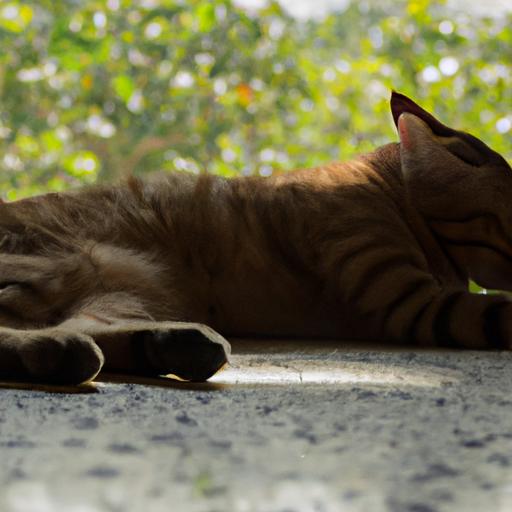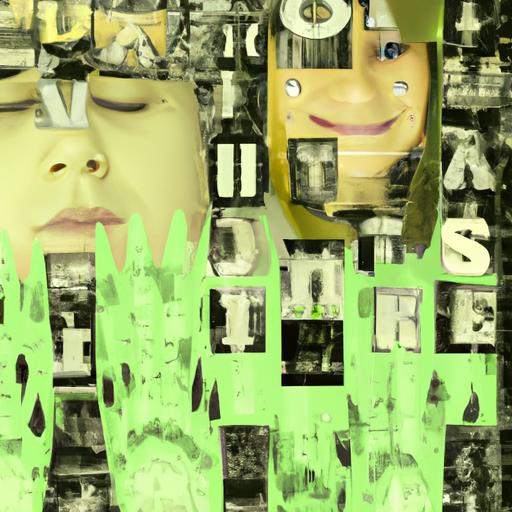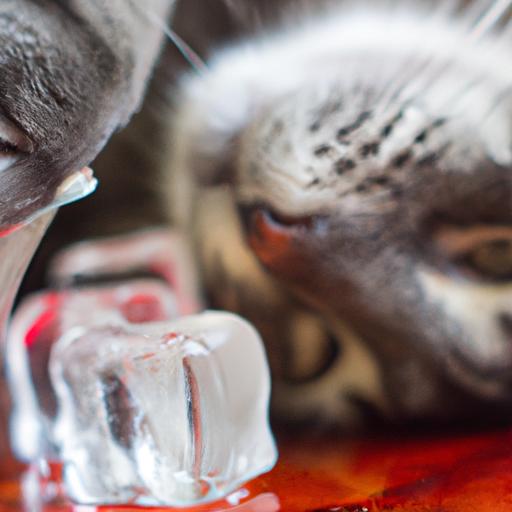
Understanding Cat Slow Tail Twitching: A Comprehensive Guide
Discover the meaning behind cat slow tail twitching. Understand this intriguing behavior and its implications in our comprehensive guide.
Introduction
As cat owners, it’s crucial to understand the behavior of our feline companions. One intriguing aspect of cat behavior is the movement of their tails. Cat tails can convey various messages, and one such movement is slow tail twitching. In this article, we will delve into the world of cat tail movements, specifically focusing on understanding slow tail twitching in cats.
Understanding Cat Slow Tail Twitching
Cat slow tail twitching refers to the subtle and deliberate movement of a cat’s tail. It is different from the rapid and aggressive tail twitching commonly associated with a cat’s hunting instincts. Slow tail twitching is characterized by gentle, rhythmic movements, often accompanied by a relaxed posture. To decipher the meaning behind this behavior, it is important to consider the context and other accompanying body language.
There can be several reasons why a cat engages in slow tail twitching. One common scenario is when a cat is in a calm and content state. It can be observed when a cat is lounging, enjoying a peaceful environment, or receiving gentle strokes. Slow tail twitching in such situations reflects a sense of relaxation and satisfaction.
Another reason for slow tail twitching is when a cat is intently focused on something. It could be a bird outside the window, a toy, or even a reflection. The slow tail twitching here indicates the cat’s heightened attention and anticipation, similar to when they are preparing for a pounce.
Frequently Asked Questions (FAQ) about Cat Slow Tail Twitching
-
What is the difference between slow tail twitching and fast tail twitching?
Slow tail twitching is characterized by gentle and rhythmic movements, often associated with relaxation or focus. On the other hand, fast tail twitching is rapid and intense, typically indicating excitement, aggression, or annoyance. -
Is slow tail twitching a sign of aggression in cats?
No, slow tail twitching is usually not a sign of aggression. It is important to consider other body language cues alongside tail movements to accurately interpret a cat’s behavior. -
Can slow tail twitching indicate pain or discomfort in cats?
In most cases, slow tail twitching does not indicate pain or discomfort. However, if your cat’s tail twitching is accompanied by other signs of distress, such as vocalization, hunching, or avoidance, it is essential to consult a veterinarian for a proper evaluation. -
How can I differentiate between normal slow tail twitching and abnormal behavior?
Normal slow tail twitching is usually rhythmic, relaxed, and occurs in appropriate contexts. Abnormal behavior, on the other hand, may involve excessive tail twitching, abrupt movements, or signs of distress. If you are unsure about your cat’s behavior, it is best to seek guidance from a veterinarian or a professional animal behaviorist.
To learn more about cat behavior and the significance of tail twitches, you can visit ubipets.com, where you will find valuable resources and insights on this topic.
Conclusion
Understanding cat behavior, including their tail movements, is essential for providing optimal care and nurturing a strong bond with our feline friends. Slow tail twitching in cats signifies relaxation, focus, or anticipation, depending on the context. By paying attention to their body language and tail movements, we can gain valuable insights into their emotions and needs.
In summary, slow tail twitching is a fascinating behavior that allows us to connect with our cats on a deeper level. Remember to observe your cat’s overall body language and consider the context to accurately interpret their behavior. By doing so, you can better understand your cat’s needs and ensure their well-being.
So next time you notice your cat engaging in slow tail twitching, take a moment to appreciate their unique communication style and respond accordingly. Your cat will appreciate the understanding and care you provide.






















